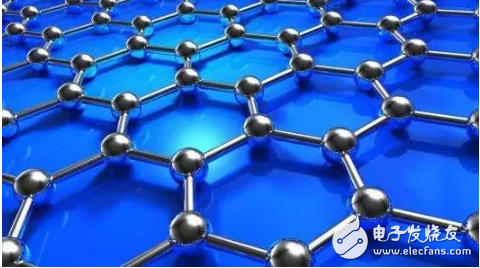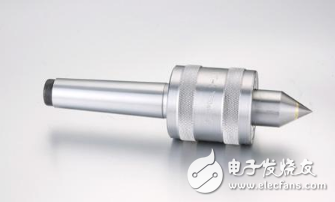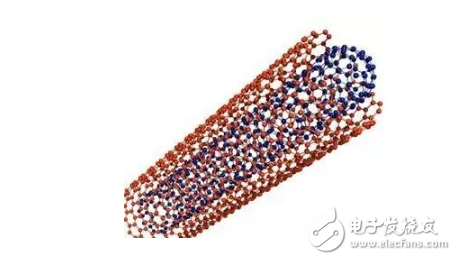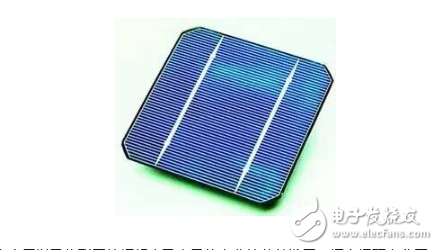Material industry is the basic industry of national economy. New materials are the forerunner of material industry development and an important strategic emerging industry. Today, with the rapid development of scientific and technological revolution, new materials and products are changing with each passing day, and the pace of industrial upgrading and material replacement is accelerating. New material technology and nanotechnology, biotechnology and information technology are integrated. Integration of structure and function and intelligent trend of functional materials are obvious. Environmental friendly properties such as low carbon, green and renewable recycling of materials have attracted much attention.
Although many new materials are still far from industrialization, their use value will be highlighted in the future. So what are the most promising new materials in the future?
Graphene
Graphene is one of the thinnest, hardest and most conductive nanomaterials found at present. Graphene is known as "black gold" and "king of new materials", and scientists even predict that graphene will "completely change the 21st century".
Interestingly, graphene was not born using "tall" science and technology, but by two scientists from the University of Manchester, UK, using transparent tape from graphite crystals "stick" out.
Graphene is currently the most promising alternative to silicon, making ultramicro transistors for future supercomputers. According to the analysis of relevant experts, using graphene instead of silicon, the speed of computer processors will be hundreds of times faster. Recently, scientists at the Massachusetts Institute of Technology have found that graphene can be transformed into a topological insulator with unique functions under certain conditions. This finding is expected to lead to a new way of making quantum computers.
Secondly, graphene can help the development of supercapacitors and lithium-ion batteries. According to the relevant data, the capacitance of the same volume can be expanded more than 5 times by adding graphene, while the conductivity of lithium battery electrodes can be greatly improved by adding graphene. In addition, graphene can also be used in electrical circuits, touch screens, gene sequencing and the manufacture of featherlike ultralight aircraft, ultra-tough body armor and other fields.

carbon fibre
With the continuous development of low carbon economy, the demand for carbon fiber products will continue to rise. Carbon fibers are popular in military industry, automobile and medical equipment, golf clubs and bicycles because of their high strength, low density and low linear expansion coefficient.
The decision of the three plenary sessions of the eighteenth session to reform the army and national security institutions has enhanced the expectation of purchasing national defense equipment and security equipment, which has brought benefits to the development of carbon fiber industry. Carbon fiber has been in great demand in China's military field. As one of the indispensable new materials for modern strategic weapons, carbon fiber and its composites are widely used in strategic missiles, stealth fighters, modern warships and non-lethal weapons.

Light Alloy
During the 12th Five-Year Plan period, China will focus on developing high strength light alloy materials. The project aims to achieve a major breakthrough in the development of key new alloy varieties by 2015, forming a production capacity of 300,000 tons of high-end aluminum alloy, 20,000 tons of high-end titanium alloy, 150,000 tons of high-strength magnesium alloy die casting and profiles and sheets. 2014 is a sprint year for high strength light alloy to reach the project target, and its sprint results are worth looking forward to.
Titanium alloy is a light alloy which occupies an important position in modern high-end weapons. According to the data, in recent years, the mass ratio of titanium for airframe and engine of military aircraft produced in batches in China is 25%, and that of F-22 titanium alloy is 41%. Titanium metal is widely used in aerospace, chemical industry, petroleum, electric power and other fields because of its high strength, good ductility, corrosion resistance, non-magnetic and other advantages.
In addition to titanium alloys, light alloys mainly include aluminium alloys and magnesium alloys. Aluminum alloys have been used earlier, and now they are widely used. Aluminum alloys are often used in automobiles, ships and other fields. Magnesium alloy is one of the most important new materials for automobile lightweight, which has the lightest quality among practical metals.

Carbon nanotubes
Carbon nanotubes (CNTs), as one-dimensional nanomaterials, have many abnormal mechanical, electrical and chemical properties due to their light weight and perfect hexagonal structure.
Carbon nanotubes (CNTs) can be used not only as moulds, but also as nanostructured electronic devices, thermoelectric materials, battery electrode materials, low temperature and high sensitivity sensors, biomolecular carriers and catalyst carriers.

Superconducting Materials
Superconducting materials are materials whose resistance disappears at a given temperature. Superconducting materials are not uncommon. Many materials in our life, such as aluminium, calcium, sulfur, phosphorus and so on, have superconducting properties. To achieve superconductivity of these materials, it is necessary to achieve critical temperature, ultra-high pressure and other extreme conditions.
In recent years, superconducting materials have attracted worldwide attention due to their three characteristics of zero resistance, complete diamagnetism and tunneling effect. Its most well-known use is in the power network, because there is no resistance, the loss in the power network is zero, which will save 10% - 20% of the power loss caused by transmission.
semiconductor material
Recently, the rise of digital home and Internet of Things has benefited the vigorous development of semiconductor industry. According to IHSiSuppli, a market research company, the semiconductor market for household appliances grew by 12% in 2013, reaching $2.6 billion, up from $2.3 billion last year. In addition, semiconductor materials mainly include integrated circuits, LED, solar photovoltaic and other industries.

